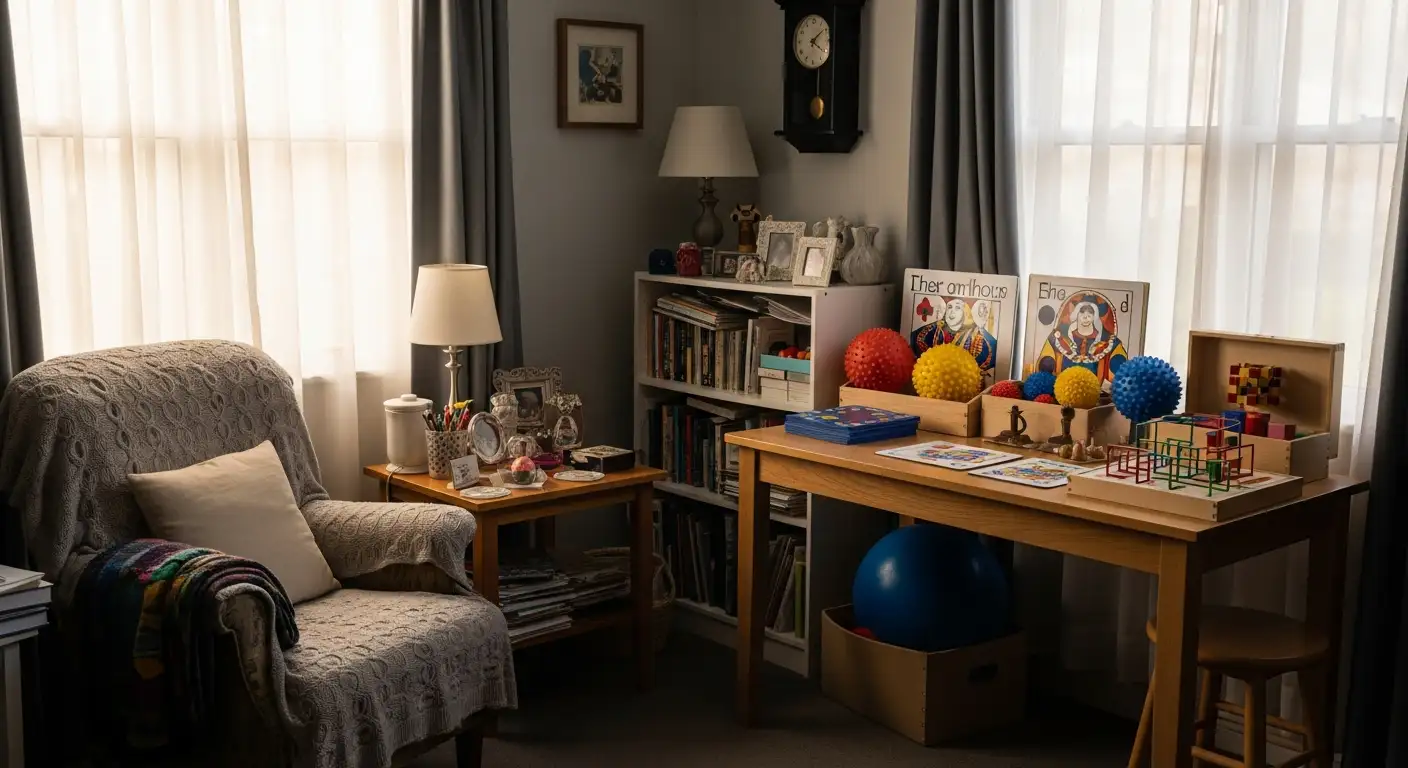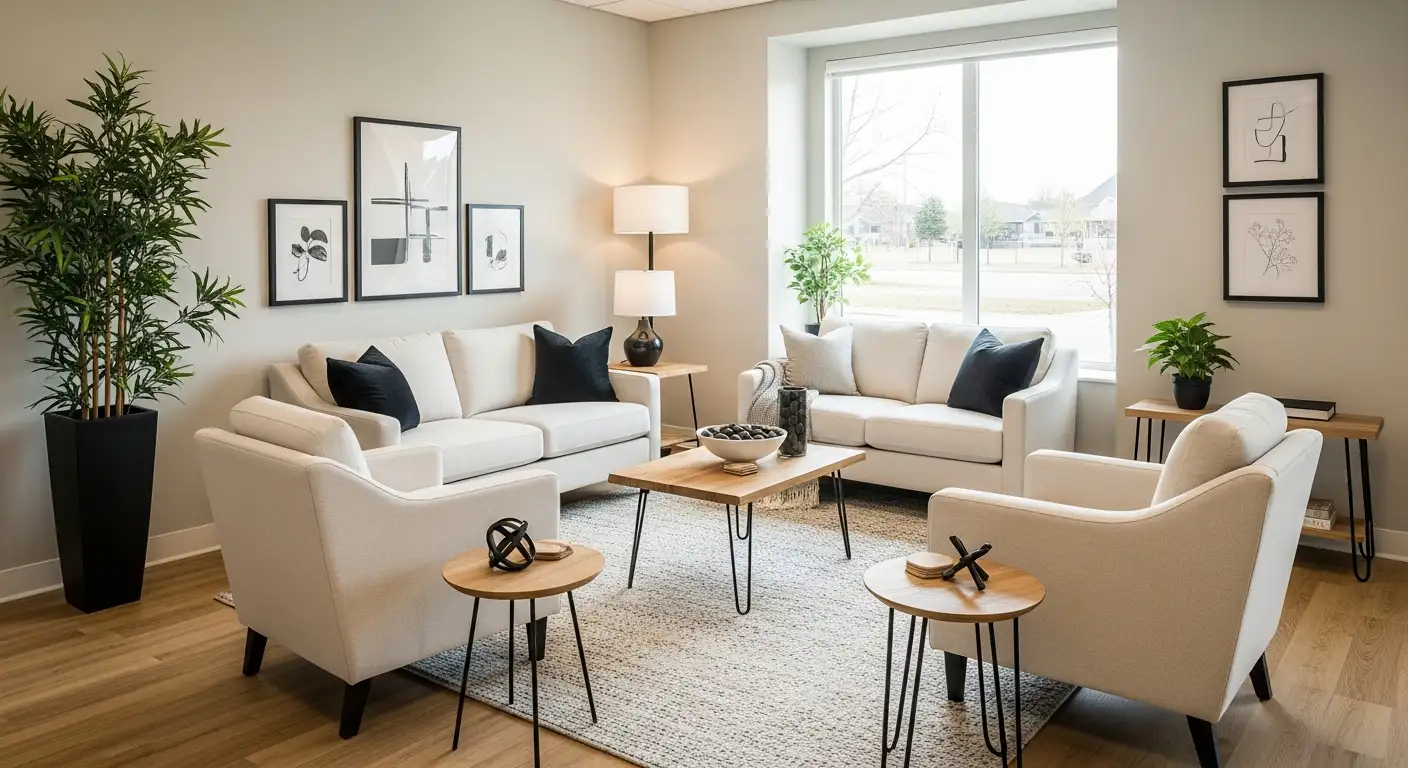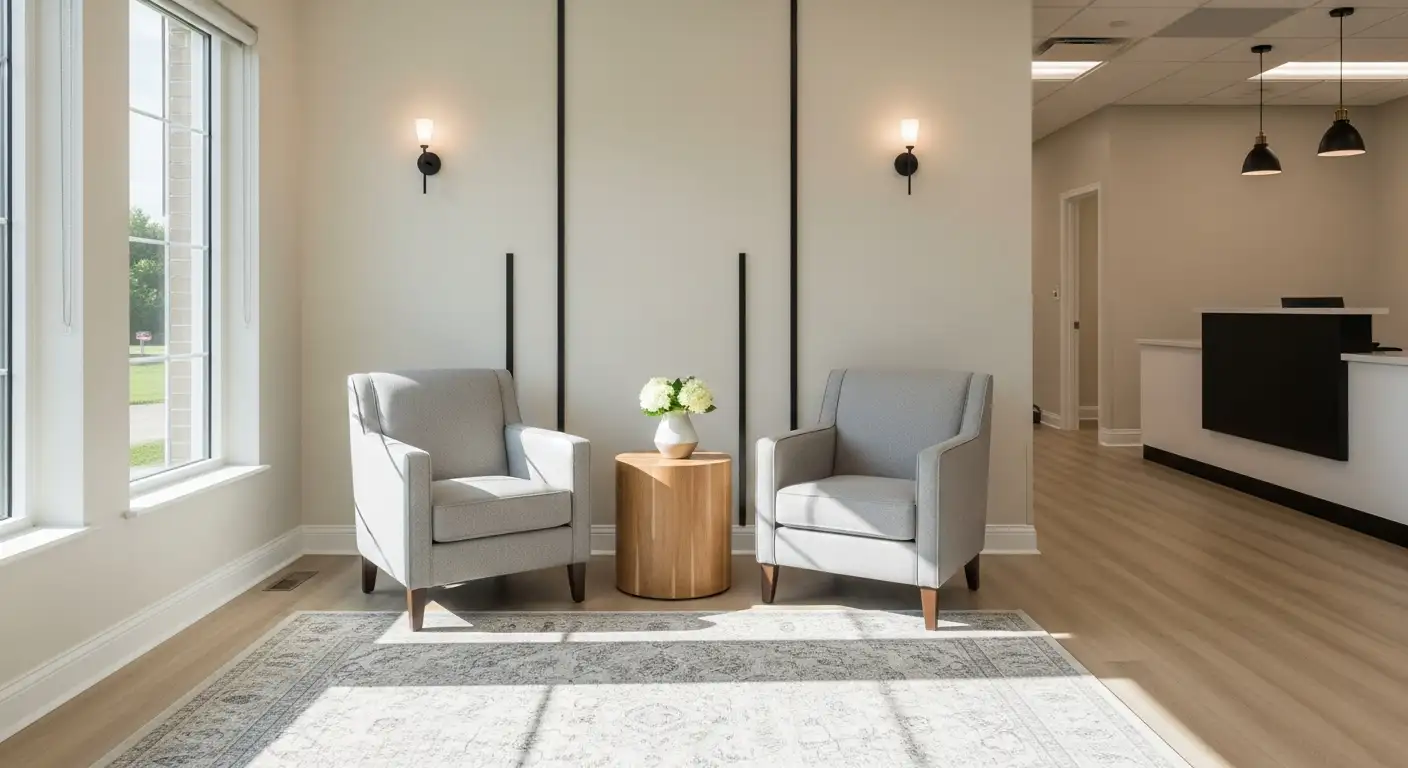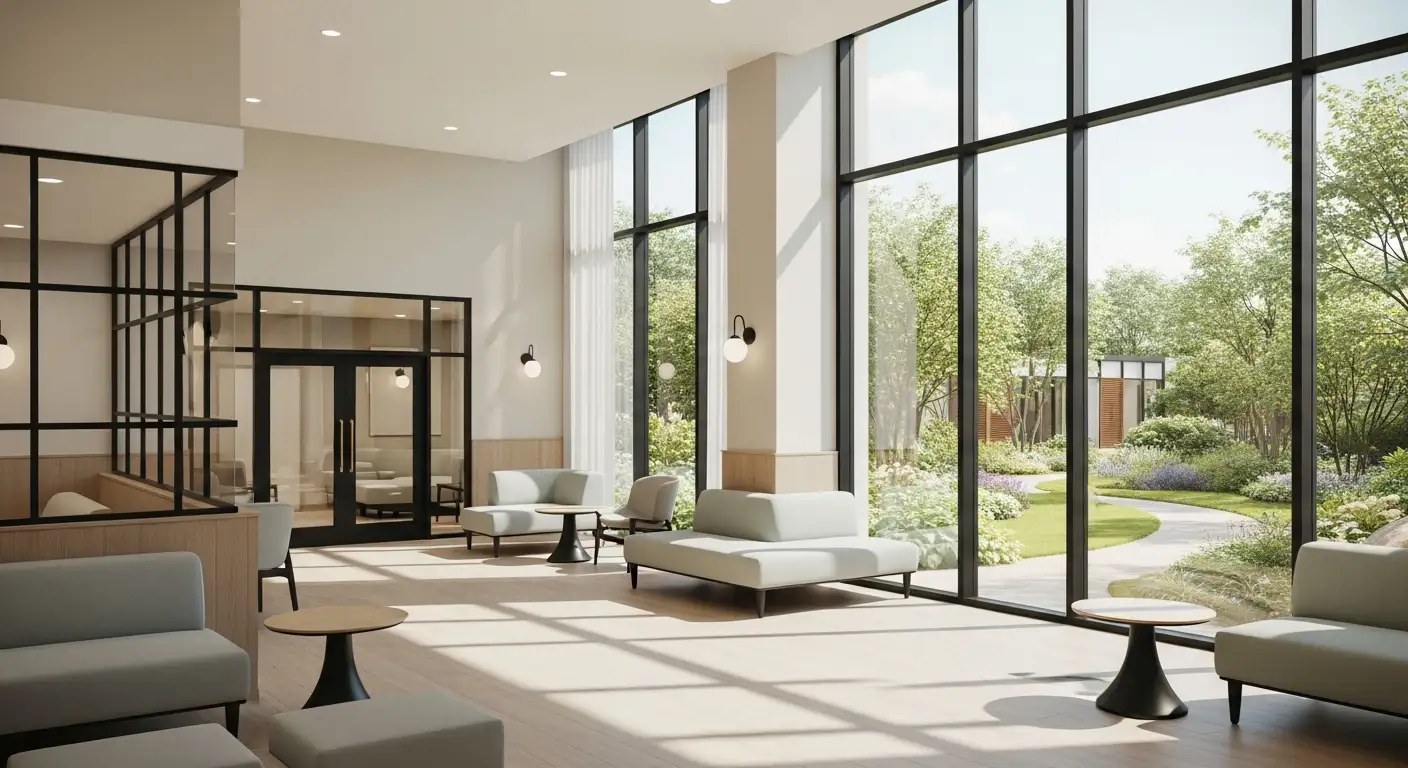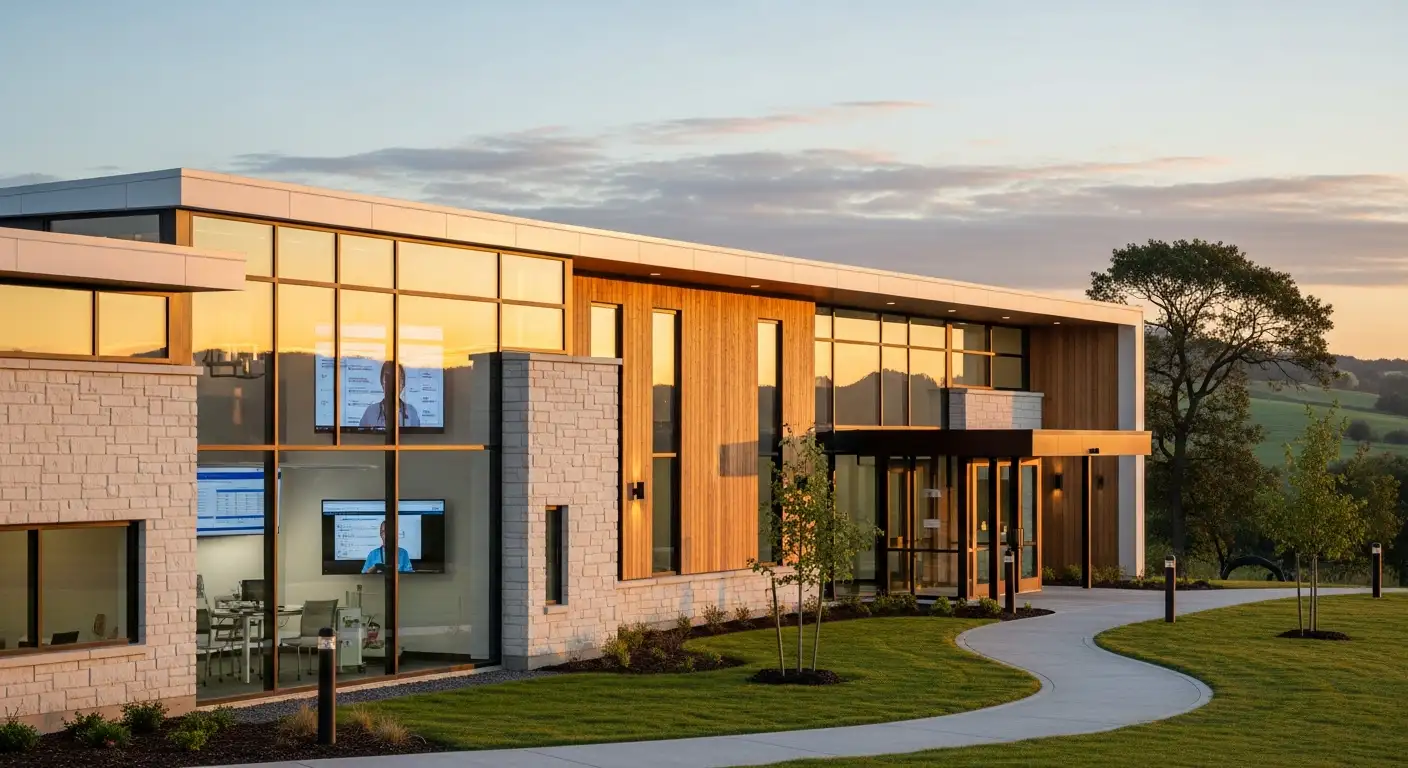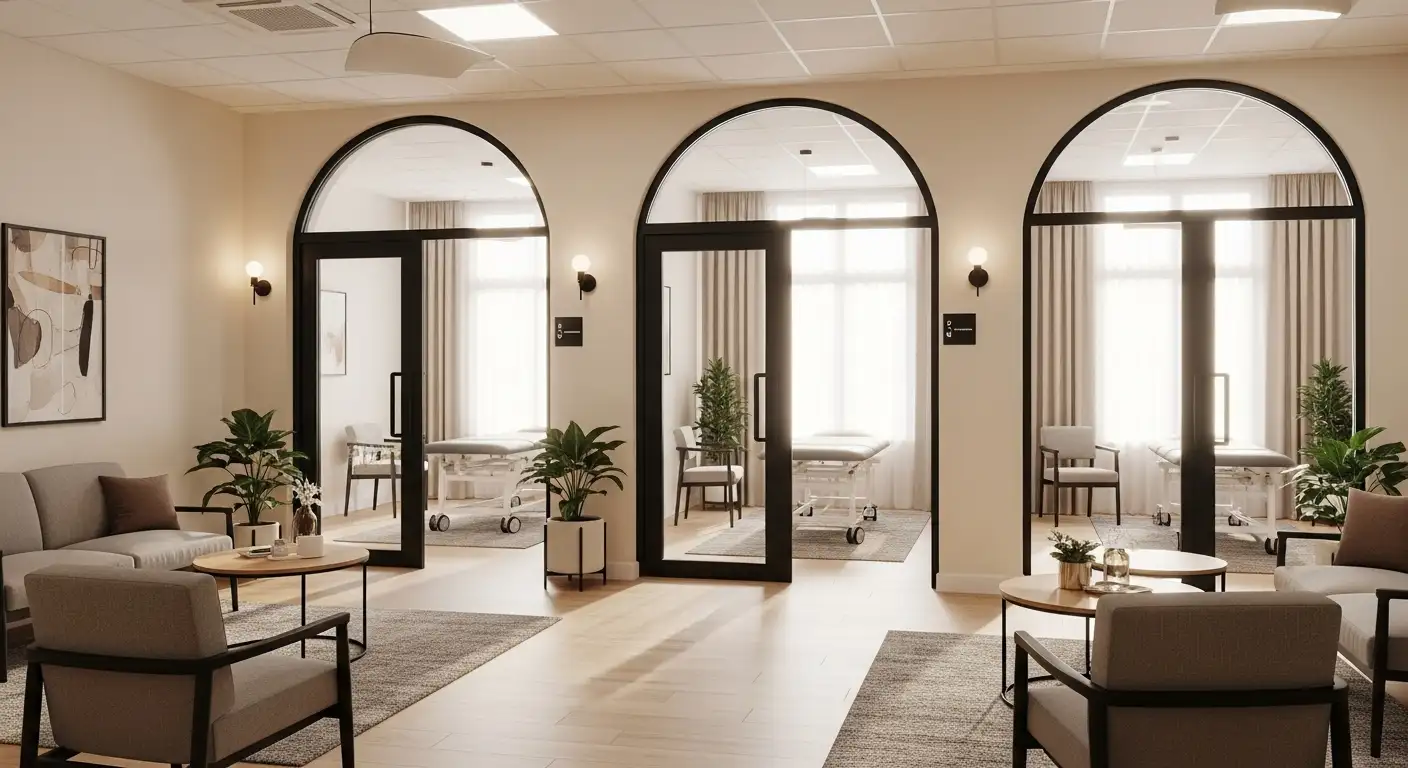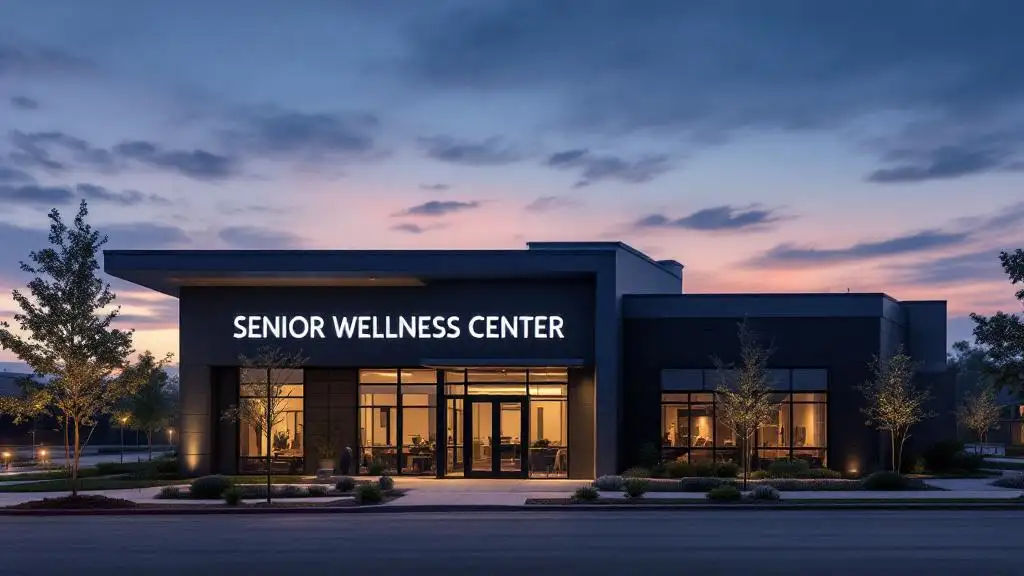Understanding and Overcoming Barriers to Mental Well-Being in Senior Communities
Mental health stigma remains a significant obstacle in senior housing communities, affecting residents’ willingness to seek help, participate in social activities, and maintain an overall higher quality of life. With approximately 20% of older adults experiencing mental health conditions such as depression, anxiety, or cognitive disorders, addressing stigma is crucial for fostering supportive environments that promote well-being, dignity, and social engagement. This article explores effective strategies, programs, and best practices aimed at reducing mental health stigma and creating compassionate, inclusive senior living spaces.
Defining Mental Health Stigma in Senior Housing Contexts
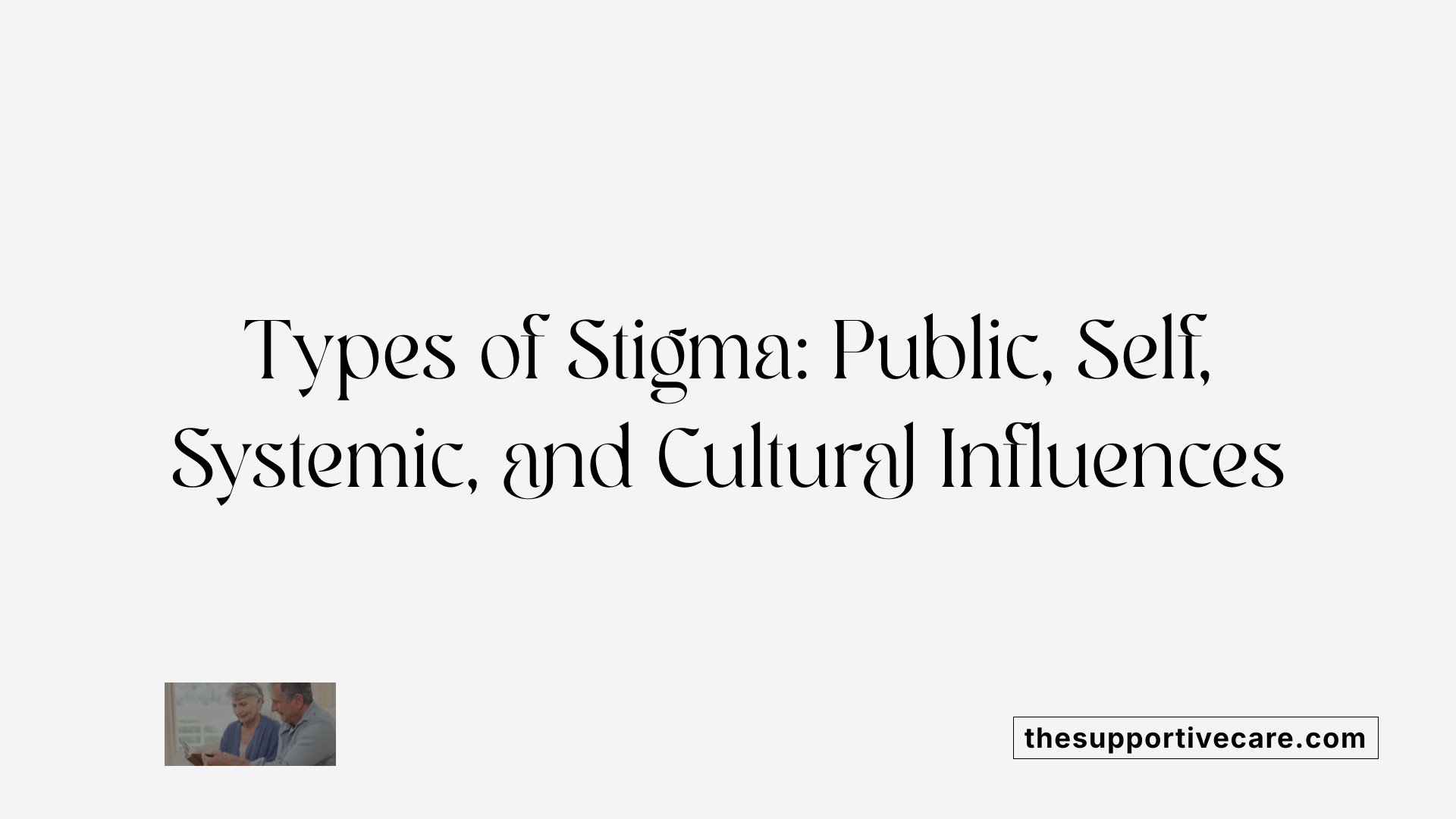
What is mental health stigma?
Mental health stigma refers to the negative attitudes, beliefs, and stereotypes that society, individuals, or institutions hold toward people with mental health conditions. It manifests in various ways, including public stigma, self-stigma, and systemic stigma. These forms often lead to discrimination, social exclusion, and barriers to seeking help. Society's misconceptions, fear, and lack of understanding fuel this stigma, which is reinforced by media representations and ingrained cultural beliefs. The consequences of stigma are significant, often causing feelings of shame, hopelessness, and social isolation among individuals. It can also impede their recovery process and diminish overall quality of life. Combating mental health stigma requires concerted efforts through education, awareness campaigns, and open dialogues aimed at fostering acceptance and understanding.
Common examples of mental health stigma
In everyday life, mental health stigma manifests through a range of prejudiced attitudes and practices. Some common examples include stereotypes that portray individuals with mental health issues as dangerous, weak, or unpredictable. Pejorative labels such as 'crazy,' 'schizophrenic,' or 'mentally ill' are often used, which can demean and devalue individuals.
Discrimination remains widespread in employment, social interactions, and healthcare, resulting in social exclusion and fewer opportunities. Media portrayals often perpetuate misconceptions by linking mental illness with violence or criminal behavior, further fueling societal fears.
On a personal level, self-stigma occurs when individuals internalize these negative beliefs, leading to feelings of shame, diminished self-esteem, and reluctance to seek help. Additionally, systemic barriers like restrictive laws or limited access to mental health services worsen these issues, making support and treatment less accessible.
Impact of misconceptions, media portrayal, and cultural beliefs
Misconceptions about mental health, often reinforced by media and cultural narratives, significantly contribute to the persistence of stigma. Media tend to sensationalize mental illness, associating it with danger or unpredictability, which distorts public perception and fosters fear.
Cultural beliefs and norms also shape attitudes across different communities. For example, in many older adult populations, mental health issues are seen as a normal part of aging or considered shameful topics that should be hidden. Such beliefs discourage open discussion and acknowledgment of mental health challenges.
In senior housing environments, these misconceptions can lead to a culture of silence and judgment. Residents and staff may avoid discussing emotional struggles, unintentionally reinforcing stigma. This environment hampers support efforts and discourages residents from seeking necessary treatments.
Addressing these barriers involves raising awareness about mental health issues, challenging harmful stereotypes, and fostering environments where open communication is encouraged. Education campaigns that debunk myths, promote factual understanding, and normalize mental health support are vital. Creating inclusive community spaces and providing culturally competent care also help dismantle misconceptions and reduce stigma, leading to healthier, more supportive senior living communities.
| Aspect | Description | Additional Notes |
|---|---|---|
| Public stigma | Society holds negative stereotypes about mental illness | Leads to discrimination and social exclusion |
| Self-stigma | Internalization of societal stereotypes by individuals | Causes shame, reluctance to seek help |
| Systemic stigma | Institutional policies and practices that limit access or respect | Results in barriers to treatment and support |
| Media influence | Portrayal of mental illness as dangerous or troublesome | Reinforces misconceptions and fears |
| Cultural beliefs | Norms and traditions shaping attitudes toward mental health | Influence reluctance or acceptance in different communities |
In summary, understanding the different facets of mental health stigma—public, self, systemic, and cultural—is essential in addressing barriers in senior housing settings. Through education, respectful care, and community engagement, it is possible to foster environments where aging individuals feel supported, valued, and free from the shadow of stigma.
Strategies for Reducing Mental Health Stigma Among Older Adults

What strategies can be used to reduce and combat mental health stigma among older adults?
to effectively tackle mental health stigma in older populations, a multi-faceted approach is essential. Public awareness campaigns play a vital role in dispelling myths and misconceptions about mental illnesses. These campaigns can include informational materials, media outreach, and community events that normalize conversations about mental health.
Contact-based interventions are also highly effective; they involve opportunities for older adults to interact with peers who share their mental health experiences, fostering understanding and empathy. Culturally tailored programs, such as anti-discrimination policies and intergenerational activities, can address specific beliefs and biases rooted in cultural backgrounds.
Supporting social connections through group activities like social clubs, peer support groups, and community engagement initiatives enhances self-esteem and reduces feelings of isolation. Raising awareness about how aging impacts mental health encourages help-seeking behavior and reduces shame.
Finally, addressing structural barriers such as ageism and discrimination involves creating policies that foster inclusive environments, ensuring that older adults feel respected and supported. Combining education, cultural sensitivity, social support, and policy modifications provides a robust framework to diminish mental health stigma.
How can mental health awareness and education be effectively implemented in senior living settings?
Implementing mental health education in senior living communities requires a comprehensive strategy. Staff training is fundamental—educating caregivers and healthcare providers about recognizing early signs of mental health issues, effective communication, and respectful care techniques.
Community activities such as wellness workshops, social events, and psychoeducational programs can promote mental health literacy and foster an environment where residents feel comfortable discussing their mental health.
Integrating mental health services within primary care, including routine screenings and counseling, ensures early detection and intervention. Encouraging collaboration among healthcare providers, family members, and residents creates a support network that promotes resilience and active participation.
Providing accessible resources, such as informational pamphlets, online modules, and support groups tailored to older adults, aids in normalizing mental health discussions. Additionally, fostering an atmosphere that emphasizes positive aging not only enhances mental well-being but also reduces stigma.
What programs or resources are effective in destigmatizing mental health issues for seniors?
Numerous programs and resources have demonstrated success in reducing mental health stigma among seniors. Community-based initiatives, like those offered by the Substance Abuse and Mental Health Services Administration (SAMHSA), provide targeted education to improve mental health literacy.
Support groups such as the National Alliance on Mental Illness (NAMI) facilitate peer support, helping seniors share experiences and challenge negative stereotypes. Public campaigns promoting open discussions about mental health, including testimonials and success stories, serve to normalize help-seeking.
Accessible mental health services integrated into primary care, including telehealth options, reduce logistical barriers and unfamiliarity often associated with seeking help. Resources like crisis helplines and online directories of geriatric mental health specialists create supportive pathways for intervention.
Combining education, community involvement, and accessible services helps diminish stigma and encourages older adults to prioritize their mental health.
What are best practices for mental health support and stigma reduction in senior communities?
Best practices include fostering an environment of openness by regularly providing mental health education and encouraging dialogue.
Community activities that promote social connections—such as group outings, hobby clubs, and intergenerational programs—help reduce social isolation, a major risk factor for mental health issues.
Implementing support groups where residents can openly discuss their challenges further normalizes mental health discussions. Training staff to recognize signs of mental distress and to approach residents with respect and empathy is crucial.
Addressing internalized stigma involves respecting residents’ autonomy, avoiding stigmatizing language, and emphasizing strengths rather than focusing solely on decline.
Integrating mental health services, including telepsychiatry and counseling, into routine care promotes access. Promoting privacy, confidentiality, and respectful communication helps build trust and encourages utilization.
Ongoing community efforts, tailored intervention programs, and educational initiatives are indispensable for fostering a supportive environment that encourages help-seeking and reduces stigma.
How can society work to reduce and eliminate stigma surrounding mental health in older populations?
Society must adopt a broad, layered approach to effectively diminish mental health stigma among seniors. Public education campaigns need to challenge stereotypes, emphasizing that mental illnesses are treatable and not a normal or inevitable part of aging.
Engagement at different levels—individual, community, and policy—is critical. At the micro-level, promoting stories of recovery and resilience can change personal perceptions. At the meso-level, involving families, community organizations, and healthcare providers can foster inclusive attitudes.
Policy reforms should focus on eliminating discriminatory practices and ensuring equitable access to mental health services. Advocates can push for laws that protect against age discrimination in healthcare and employment.
Facilitating contact and interaction between older adults and trained peers or mental health advocates can dispel myths and reduce internalized stigma.
Educational initiatives, such as Mental Health First Aid, can empower communities to recognize and respond compassionately to mental health issues. Overall, an inclusive societal effort that promotes awareness, acceptance, and support will help eliminate stigma.
What insights do research studies provide on addressing mental health stigma in elderly populations?
Research underscores that focusing on positive aging attributes like resilience, wisdom, and life experience can counteract negative stereotypes.
Community-based programs enhancing social support and increasing mental health literacy show promise in reducing both external and internalized stigma.
Educational campaigns that emphasize mental health conditions are common across successful interventions, helping older adults understand that mental illnesses are treatable and common.
Research also highlights that respectful treatment, autonomy, and dignity are vital in overcoming internalized stigma. Encouraging self-acceptance and providing peer support can foster recovery and openness.
Multi-component strategies—combining policy change, education, and community activism—are the most effective. Data suggests that sustained efforts coupled with careful measurement of stigma levels can lead to meaningful change.
Utilizing insights from these studies guides the development of tailored, evidence-based programs aimed at fostering acceptance and improving mental health outcomes among older adults.
Creating Supportive Environments and Physical Design Features
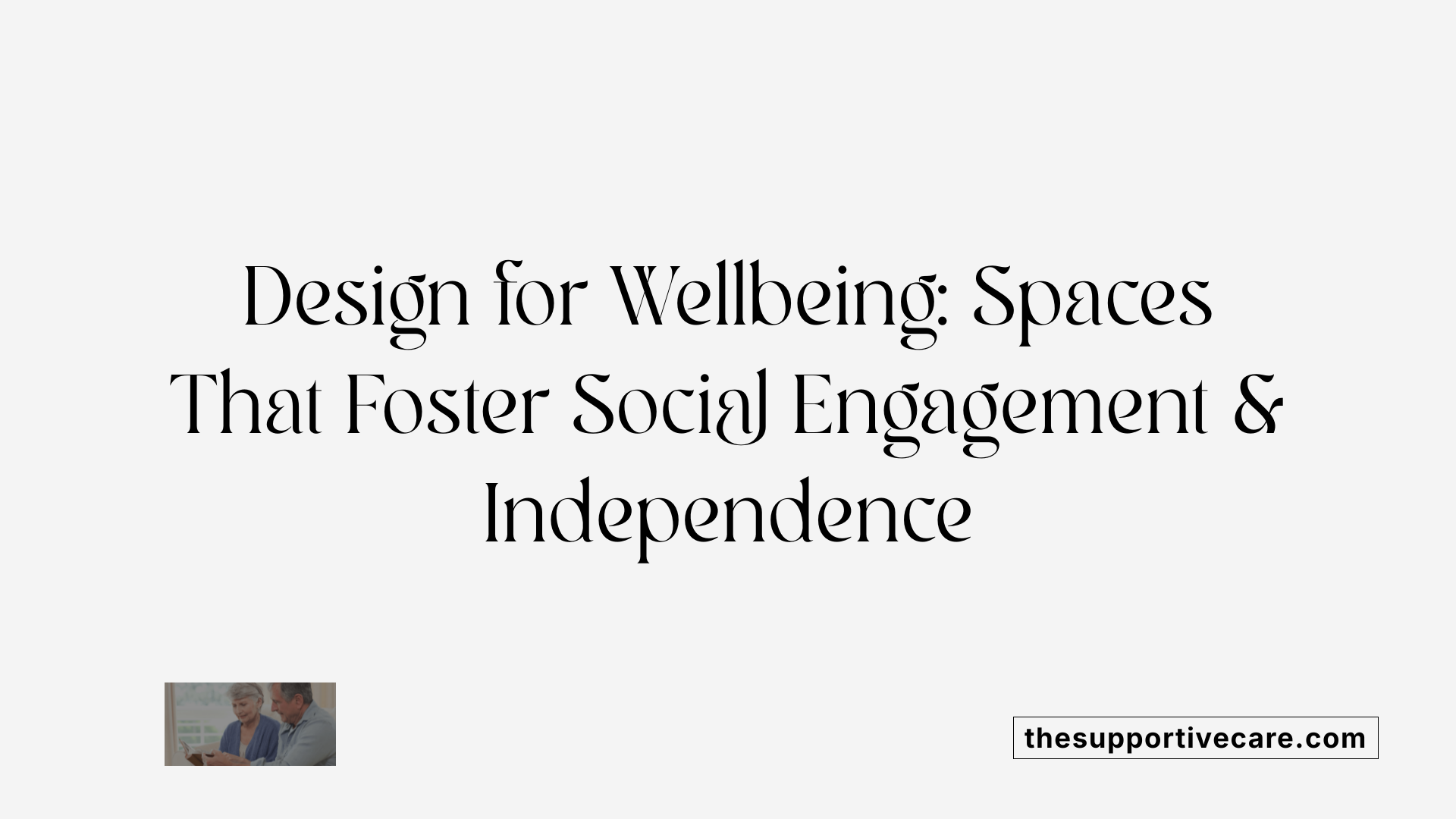
How can design elements promote social engagement and well-being?
In senior living communities, thoughtful design of physical spaces plays a vital role in fostering social interactions and emotional health. Natural light, outdoor gardens, and inviting communal areas encourage residents to spend time together, reducing feelings of loneliness and social isolation.
Spaces such as common dining rooms, activity centers, and outdoor patios are designed to be accessible, welcoming, and safe. These areas promote mingling, participation in group activities, and a sense of community. Incorporating features like comfortable seating arrangements, accessible pathways, and sensory gardens can enhance overall well-being.
Community activities such as walking clubs, art classes, and social events are supported by spaces designed to be inclusive and accessible to residents of varying mobility levels. When residents have easy access to engaging environments, their sense of belonging and emotional resilience improves.
How do physical environments reduce stigma and promote independence?
Creating environments that emphasize dignity and autonomy helps combat negative stereotypes related to mental health and aging. Design elements such as private rooms, personalized spaces, and options for residents to make choices about their routines empower individuals.
Maintaining well-kept, attractive surroundings minimizes visible signs of decline or neglect that may contribute to stigma. Spaces that are flexible and adaptable allow residents to participate in activities and socialize at their own pace, fostering independence.
Physical spaces that avoid segregation and segregation-like layouts are crucial. Instead of isolating residents with mental health issues, shared and open-concept designs promote a sense of normalcy and reduce perceptions of
Implementing Interdisciplinary and Community-Based Approaches
How can collaborative mental health care involving staff, healthcare providers, and families improve outcomes?
Effective mental health support for older adults depends on teamwork among various caregivers. Staff in senior living facilities, including nurses and social workers, play an essential role in recognizing early signs of mental health issues. They work closely with healthcare providers such as psychiatrists and psychologists to develop personalized care plans.
Families are integral to this process, offering insights into residents’ behaviors and preferences. Regular communication between staff and family members ensures that everyone stays informed about mental health status and treatment progress.
Interdisciplinary teams foster a comprehensive understanding of each resident's needs, enabling tailored interventions. This collaborative approach not only improves mental health outcomes but also promotes a sense of safety and trust among residents.
What role do community partnerships and outreach programs play in supporting senior mental health?
Community involvement is crucial in reducing stigma and expanding access to mental health resources. Partnerships with local mental health organizations, clinics, and advocacy groups can provide additional services, such as counseling and educational workshops.
Outreach programs targeted at older adults offer information on recognizing mental health issues, available treatments, and ways to seek help. These initiatives often include seminars, health fairs, and support groups that foster social engagement and community belonging.
Programs like the one developed by Boston University’s Center for Psychiatric Rehabilitation demonstrate how media campaigns, workshops, and workforce training can decrease stigma and increase mental health literacy among seniors.
How can early detection and ongoing support strategies be integrated into senior community settings?
Proactive screening is vital for identifying mental health conditions early. Tools such as depression scales and cognitive assessments can be administered routinely by trained staff.
Caregivers and family members should be encouraged to observe and report behavioral changes, supporting timely intervention.
Once issues are detected, ongoing support involves integrating therapies, social programs, and medication management into daily routines. Activities like group outings, artistic pursuits, and exercise classes promote social interaction and emotional well-being.
Facilities can also incorporate environmental designs that reduce stress and encourage socialization, such as natural lighting and accessible outdoor spaces.
In addition to physical and psychological support, education remains a central component. Workshops, informational leaflets, and staff training sessions help foster a community culture that normalizes mental health conversations and reduces stigma.
Companying tables:
| Approach | Description | Impact | Evidence/Notes |
|---|---|---|---|
| Interdisciplinary Teams | Collaboration among staff, health professionals, and families | Improves individualized care | Facilitates early detection and holistic treatment |
| Community Outreach | Local programs, campaigns, and partnerships | Reduces stigma and builds support | Boston University’s program increased mental health literacy |
| Early Detection Strategies | Routine screenings and behavioral observations | Allows for timely interventions | Use of standardized scales and caregiver input |
| Environment and Engagement | Space design and social activities | Promotes social bonding and reduces stress | Natural lighting, outdoor spaces, shared activities |
By integrating these approaches, senior communities can create a supportive environment that addresses mental health comprehensively. This not only enhances the well-being of residents but also fosters a culture of openness and resilience against stigma.
| Aspect | Focus | Benefit | Example |
|---|---|---|---|
| Teamwork | Staff, professionals, families | Better support, tailored care | Regular meetings and shared care plans |
| Outreach | Community partnership | Increased access, reduced stigma | Workshops, health fairs |
| Detection | Screening tools, caregiver input | Early help, prevention | Depression scales, behavioral checklists |
| Environment | Design, activities | Engagement, reduced stress | Outdoor gardens, social clubs |
Implementing these strategies ensures a dynamic and responsive mental health support system within senior living settings, producing better health outcomes and more vibrant, inclusive communities.
Building a Culture of Compassion and Respect in Senior Housing
Addressing mental health stigma in senior housing communities requires a holistic approach that combines education, environmental design, community engagement, and interdisciplinary collaboration. Cultivating a culture of compassion, understanding, and respect not only enhances the quality of life for residents but also fosters environments where mental health concerns can be openly discussed and addressed without fear or shame. By actively challenging misconceptions, supporting social connectedness, and improving physical spaces, senior communities can become champions of mental health wellness, ensuring older adults age with dignity, resilience, and hope.
References
- Mental Health Stigma and Aging: Supporting Emotional Wellness
- Promoting and Protecting Against Stigma in Assisted Living and ...
- Mental health: Overcoming the stigma of mental illness - Mayo Clinic
- Tackling Behavioral Health Issues in Older Adults
- Destigmatizing Mental Health Issues in Seniors
- Mental Health Treatment Seeking Among Older Adults with ...
- Supporting Mental Wellness in Aging Minority Populations
- Mental Health Stigma in Rural Communities - RHIhub Toolkit


